Having issues with limited fiber availability and increased demand for fast networks? The 100G BiDi QSFP28 module delivers the benefits of 100G Ethernet over a single fiber by utilizing a bidirectional interface. It leverages this technology to reduce fiber requirements, costs, and installation complexity. By viewing this guide, you will see how the 100G BiDi QSFP28 provides network efficiencies, reduces the need for fiber, and gives you scalable solutions that are built for high performance. We are excited for you to read further and see practical applications and product examples to help you optimize your network while keeping cabling to a minimum!
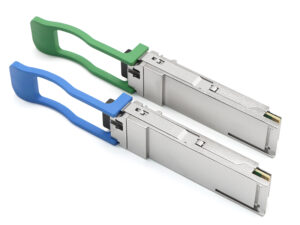
Why Choose 100G BiDi QSFP28? What It Brings to Your Network
The 100G BiDi QSFP28 module supports 100 Gigabit Ethernet over a single fiber with bidirectional communication. In classical duplex modules, there are two fibers for Tx and Rx, or transmission and reception, one for Tx and one for Rx. With BiDi, we can have both of these communications over a single fiber utilizing separate wavelengths of light. Wavelength Division Multiplexing (WDM) allows data transmission in both directions simultaneously without mechanical interference.
In short, the BiDi QSFP28 sends data using two colors of light, one for Tx and one for Rx, over the same fiber. It can also be envisioned as two distinct lanes on a two-way street using the same roadway, while holding space for traffic coming and going.
Benefits of BiDi Modules
For end customers, BiDi modules provide huge fiber savings with a less complicated deployment. Companies can essentially save half of their fiber construction, resulting in material and labor savings, and simplifying future projects while easing cable management and minimizing deployment without loss of performance or distance. BiDi is applicable in dense data centers, enterprise campuses, and metropolitan networks.
Feature Comparison
| Traditional Duplex QSFP28 | 100G BiDi QSFP28 |
| Number of Fibers: Two (Tx and Rx separate) | One (Bidirectional on single fiber) |
| Wavelength Usage: Single wavelength per fiber | Different Tx/Rx wavelengths on same fiber |
| Fiber Infrastructure: Higher fiber count required | Significantly reduced fiber needs |
| Deployment Complexity: Higher due to dual fibers | Simpler cabling and management |
| Cost Implications: Higher installation and material cost | Lower overall fiber and deployment costs |
Technological Foundation and Use Cases
Learn more about the technological foundation and use cases of BiDi technology through the BiDi Hub. By implementing 100G BiDi QSFP28 modules in their network, data centers can increase utilization while reducing capital and operational costs, and streamline deployment. The ideal scenario for growing high-speed connectivity.
Standard 100G QSFP28 & 100G BiDi QSFP28 Product Lineup
Vendors provide a range of Standard 100G QSFP28 modules & 100G BiDi QSFP28 modules as a full family of modules, designed for broad interoperability and performance. This collection fulfills various network challenges; network products usually balance reach, fiber type, and cost to facilitate single-fiber 100G transmission in different environments.

BYXGD-100G-BiDi-QSFP28-40KM-LC:
| Transmission Rate | Package Type | Center Wavelength (nm) | Transmission Distance | Operating Temperature (°C) | Interface Type |
| 100G | QSFP28 | 1270 ~ 1330 | 10 KM | 0 ~ 70 | LC |
| 100G | QSFP28 | 1330 ~ 1270 | 10 KM | 0 ~ 70 | LC |
| 100G | QSFP28 | 1291 ~ 1311 | 20 KM | 0 ~ 70 | LC |
| 100G | QSFP28 | 1311 ~ 1291 | 20 KM | 0 ~ 70 | LC |
| 100G | QSFP28 | 1304 ~ 1309 | 30 KM | 0 ~ 70 | LC |
| 100G | QSFP28 | 1309 ~ 1304 | 30 KM | 0 ~ 70 | LC |
| 100G | QSFP28 | 1304 ~ 1309 | 40 KM | 0 ~ 70 | LC |
| 100G | QSFP28 | 1309 ~ 1304 | 40 KM | 0 ~ 70 | LC |
| 100G | QSFP28 | 1270 ~ 1310 | 80 KM | 0 ~ 70 | LC |
| 100G | QSFP28 | 1310 ~ 1270 | 80 KM | 0 ~ 70 | LC |
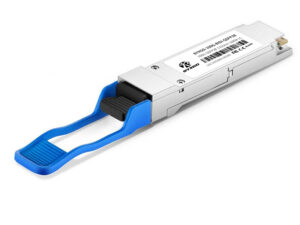
BYXGD-100G-QSFP28-1310nm-10KM-LC: This module supports 100GBase-LR4 over single-mode fiber with dual LC connectors, achieving data rates of 100 Gbps with a wavelength of 1310 nm and distances of up to 10 km. It is great for applications requiring high-speed data at long distances.
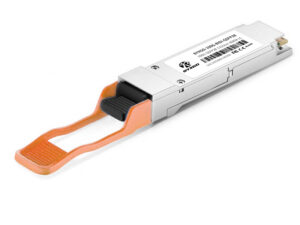
BYXGD-100G-QSFP28-1310nm-40KM-LC: The 100G QSFP28 module is capable of supporting 100GBase-ER4 in single-mode fiber with dual LC connectors. The 100G QSFP28 module transmits over 1310 nm and can achieve distances of up to 40 km, making it suitable for long reach while providing high-speed connections.

BYXGD-100G-QSFP28-1310nm-80KM-LC: This module supports 100GBase-ZR4 over single-mode fiber with dual LC connectors, which transmits at a 1310 nm wavelength and achieves distances up to 80 km. It is designed for long-range, high-speed applications in data centers and telecommunications.
Product Examples:
| Model | Typical Reach | Fiber Type | Key Features |
| 100G BiDi QSFP28 SR | Up to 100m | Multimode | Ideal for short-distance intra-data center links, high density with low power consumption. |
| 100G BiDi QSFP28 LR | ~10 km | Single-mode | Suitable for campus and metro backbone networks, combines long reach with fiber savings. |
| 100G BiDi QSFP28 Extended Reach | 20+ km | Single-mode | Designed for metropolitan and long-haul deployments, ensuring reliable high-speed links with reduced fiber usage. |
Network Benefits and Scalability
This family of products provides seamless interoperability with the hardware of top vendors to mitigate deployment risks while maximizing the scalability of your network. Whether adding to an existing network or deploying new infrastructure, adopting one of these BiDi QSFP28 modules will help you deliver OPEX-maximizing fiber savings and reduce space on the rack.
With these options, your network will benefit from all of the advantages of advanced single-fiber 100G transmission, based on the existing proven compatibility and performance reliability.
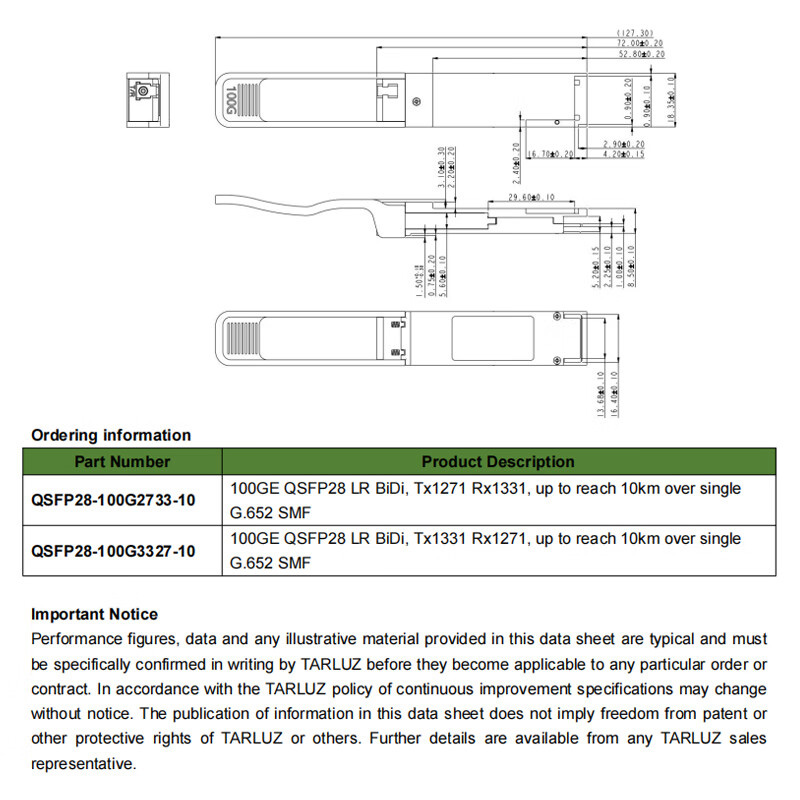
Technical Specifications and Selection Guide: In-Depth 100G BiDi QSFP28 Analysis
It is crucial to understand the intricacies of 100G BiDi QSFP28 modules to make the right decision. These modules are very different from legacy duplex QSFP28 modules in terms of how they utilize fiber and data transmission. The following is a detailed comparison that illustrates the differences:
Comparison Table:
| Feature | 100G BiDi QSFP28 | Traditional Duplex QSFP28 |
| Fiber Usage | Single fiber, bidirectional | Two fibers, one for Tx and one for Rx |
| Number of Modules | One per link | Two per link |
| Installation Ease | Easier due to fewer fibers | More complex cabling |
| Cost | Lower fiber and deployment costs | Higher due to additional fiber and hardware |
| Tx/Rx Wavelengths | Different wavelengths on same fiber; precise pairing required | Separate fibers each with a fixed wavelength |
| Typical Deployment | Fiber-constrained environments; metro, campus; high-density data centers | Traditional duplex fiber networks; data centers and long-haul |
Key Technical Parameters
Tx/Rx wavelength pairs are arguably the key technical parameter for any BiDi QSFP28 module. While duplex modules allow one fiber for each transmission direction, BiDi can send and receive transmission through one fiber paired with two different wavelengths. With BiDi pairing, the two wavelengths prevent interference signals between the Tx and Rx wavelengths, leading to a stable link and predictable performance.
The transmission distance for 100G BiDi QSFP28 modules is dependent on the model (and fiber type); a range of 100 meters in multimode fiber could reach over 20 kilometers in single-mode fiber. Finally, sensitivity and power budget should also be factored in when deploying 100G BiDi modules to achieve reliable transmission and avoid excessive signal loss within the link.
Ultimately, the decision for a selected 100G BiDi QSFP28 module is associated with the appropriate matching of your network’s fiber infrastructure with reach requirements and your budget (i.e. not all models are the same). Ensure to give specific thought to Tx/Rx wave pairs to guarantee optimized performance with your single-fiber 100G links.
Troubleshooting 100G BiDi QSFP28 Modules: Common Issues and Solutions
100G BiDi QSFP28 modules have various troubleshooting challenges due to their single-fiber bidirectional design. Typical failures are usually when the Tx and Rx wavelengths don’t match, which causes the signal to be lost or unable to link.
Common issues also include cable faults related to single-fiber designs, where faulty or improperly terminated fiber disrupts the ability for bidirectional communication to work simultaneously. Sometimes there are detection issues where the modules can’t recognize or register the connection correctly.
On the other hand, it is better to follow a systematic approach to troubleshoot effectively: Check cable quality first, then establish the pairing compatibility with the modules. Use CLI commands show interfaces transceiver detail to check the transceiver status and closely examine the error counters.
Routine preventative maintenance should be implemented — clean fiber connectors regularly, check the wavelength assignment, and keep firmware on the network devices up to date to avoid incompatibility issues.
Using this advice will reduce downtime, and network devices will maintain the reliability expected in fast-changing environments.
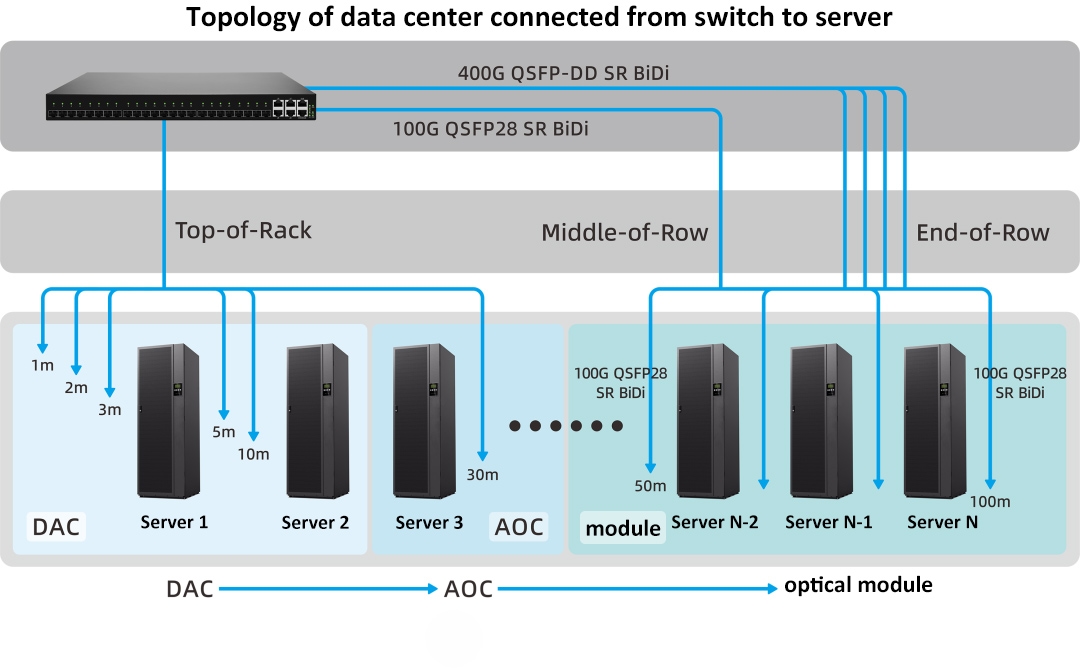
Successful Deployment of 100G BiDi QSFP28 in a Challenging Network
A new metropolitan transportation authority was upgrading its infrastructure for the real-time video surveillance system and traffic signal control data but had a fiber shortage. The transit authority was able to utilize the 100G BiDi QSFP28 modules for fast throughput using existing single-fiber cabling. It resulted in huge savings on deployment costs for cabling and hardware while cutting the needed total fibers in half and achieving a 35% time savings on the installation visit. They achieved these savings without any degradation in the reliability of the transport network.
In the end, it was a project that connected many remote sites with resilient 100G connectivity and enabled reliable transmission of multiple mission-critical applications for the authority.
In the end, it allowed the authority to better leverage its fiber resources for the scheduled upgrade, accelerated delivery, and improved operational situational awareness and responsiveness. There is real, tangible evidence that enhanced connectivity is made feasible by BiDi QSFP28 technology under difficult conditions in a complicated metropolitan environment.
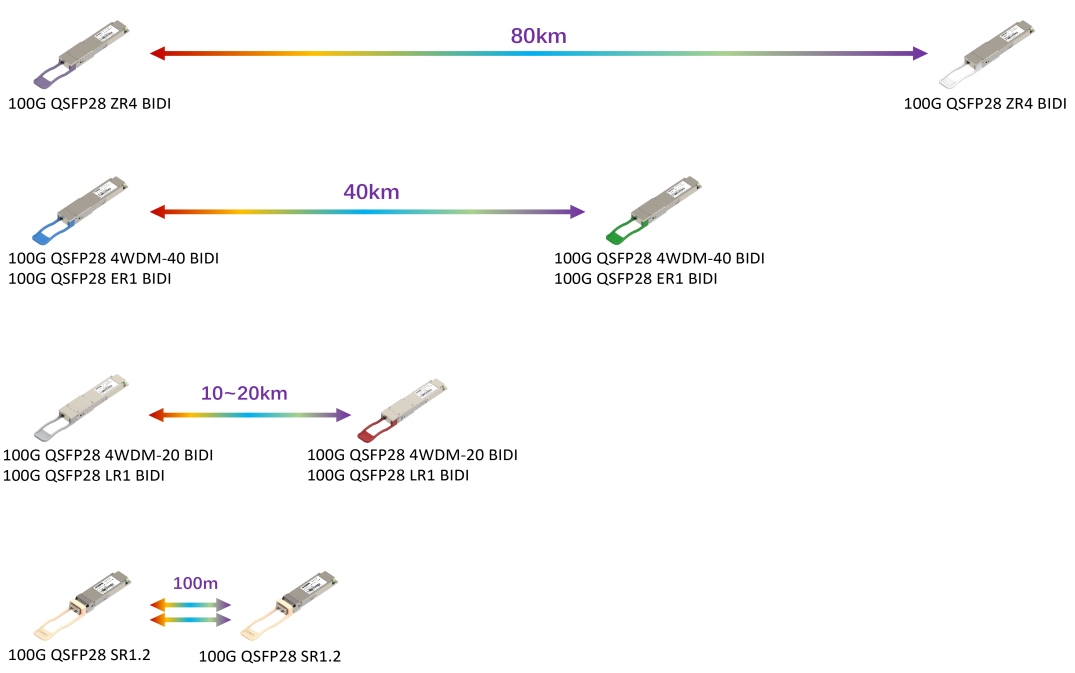
Frequently Asked Questions
100G BiDi QSFP28 modules will work with both multimode and single-mode fiber, but ensure that the module is correctly matched with your fiber network and equipment.
BiDi modules use wavelength division multiplexing on one fiber for sending and receiving, while duplex modules use one fiber for each direction.
Typically, cabling will use an LC connector, with fiber type being OM4 for multimode and OS2 for single-mode.
It will depend on the module model. Typical short-range modules will reach ~100 meters, while extended-reach models can go over 20 kilometers.
Contact Us For The Best Solution
100G BiDi QSFP28 modules provide efficiencies in fiber consumption, agility, and costs, delivering transformational value to data centers and enterprises alike. Choosing the right module will ensure your network scales without the added complexity of additional fiber runs.
Check the product lineup or speak with professionals to get recommendations that are best suited to the challenges and objectives of your unique network environment. Upgrade your suite with reliable, high-speed single-fiber 100G connectivity.
